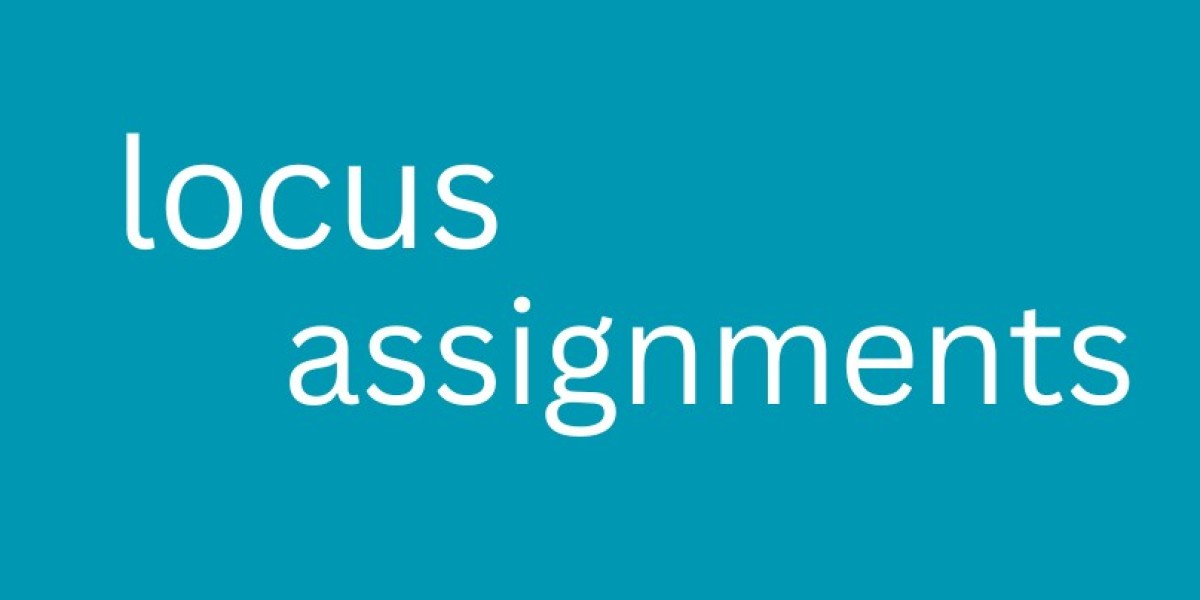Research can often feel overwhelming for university students, especially when choosing the right methods and approaches. To make this easier, the Saunders Research Onion was created as a clear model that breaks research into layers, like peeling an onion. Each layer represents a step in decision-making, guiding students gradually toward building a solid methodology. If you ever feel stuck, an Assignment Help UK can help explain these ideas and show you how to apply them in your work.
What is the Saunders Research Onion?
The Saunders Research Onion is a model developed by Mark Saunders and his team to make research methodology easier to understand. Instead of seeing research as a single complex task, this model breaks it into layers, helping students move step by step. It’s widely used in dissertations and academic projects across UK universities, ensuring that students can create research plans that are both clear and reliable. Whether you’re working on a business dissertation, social science project, or healthcare or marketing study, this onion structure helps you plan your research in a simple, manageable way.
The Six Layers of the Research Onion
The research onion has six layers, each focusing on a key part of the research process. The first layer is research philosophy, which shapes how a student views knowledge and the world. This choice influences the whole research design. Options like positivism, interpretivism, pragmatism, and realism guide whether your study focuses on measurable facts, human context, or a mix of both. If you’re unsure which philosophy fits your work, a UK assignment writer can help match your topic with the right perspective.
The second layer is the research approach, explaining how a theory will be created and tested. Students can follow a deductive approach, starting with a theory, or an inductive approach, where observations come first and a new theory is built. Another option is the abductive approach, moving between theory and data to find the best explanation. Each approach has its strengths depending on the subject and goals of the study.
The third layer is research strategy, which is the plan for answering research questions. Strategies can include surveys, case studies, experiments, ethnographic studies, grounded theory, or action research. The choice depends on available resources, project scope, and research aims. This stage can be tough, as students must balance what’s practical with academic depth.
The fourth layer is research choices, which defines how different data collection methods are combined. A mono-method uses one type of data, while a mixed-method combines both qualitative and quantitative data. A multi-method uses different methods within one type of data. These choices increase the reliability and credibility of the research by deciding what kind of evidence will be collected and analyzed.
The fifth layer, time horizon, deals with the time frame of the research. A cross-sectional horizon collects data at one point in time, giving a quick snapshot. A longitudinal horizon collects data over a longer period, allowing students to see changes and trends. The right choice depends on the research purpose and available time and resources.
At the core, the sixth layer covers techniques and procedures, focusing on the practical side of data collection and analysis. Depending on the study, students might use questionnaires, interviews, focus groups, document reviews, or observations. After collecting data, it’s analyzed using methods like statistical analysis, thematic analysis, content analysis, or discourse analysis. This is where all earlier decisions come together to shape the research findings.
Applications of the Saunders Research Onion
One of the Saunders Research Onion’s biggest strengths is its flexibility. It works across many subjects. In business, it helps design projects on leadership or organizational behavior. In social sciences, it aids in understanding human behavior and policies. In healthcare, it supports studies on patient care and treatments. Marketing students use it to study consumer behavior, brand analysis, and campaign evaluation. Whatever the subject, this model gives students a clear foundation to justify their research methods academically.
Challenges and Limitations
While the Saunders Research Onion is a great guide, it can be confusing for beginners. The layered approach needs careful planning, and sometimes students follow it too strictly without adjusting it to their projects. Misunderstanding philosophies or strategies can weaken the research, and interdisciplinary studies may require extra effort to adapt the model. It’s important to remember the onion is a flexible framework, not a strict rulebook. Getting help from an Assignment Help UK can prevent common mistakes and make the process easier.
Conclusion
The Saunders Research Onion is a helpful tool for students doing academic research. Breaking the process into six clear layers helps create a structured, logical methodology that works across fields like business, health, marketing, and social sciences. Each layer plays an important role in shaping the final project, making research more manageable. If you have trouble applying the model, a UK assignment writer can ensure your methodology is clear and academically strong. With the right support, the Saunders Research Onion can turn a complicated task into a well-organized process.







